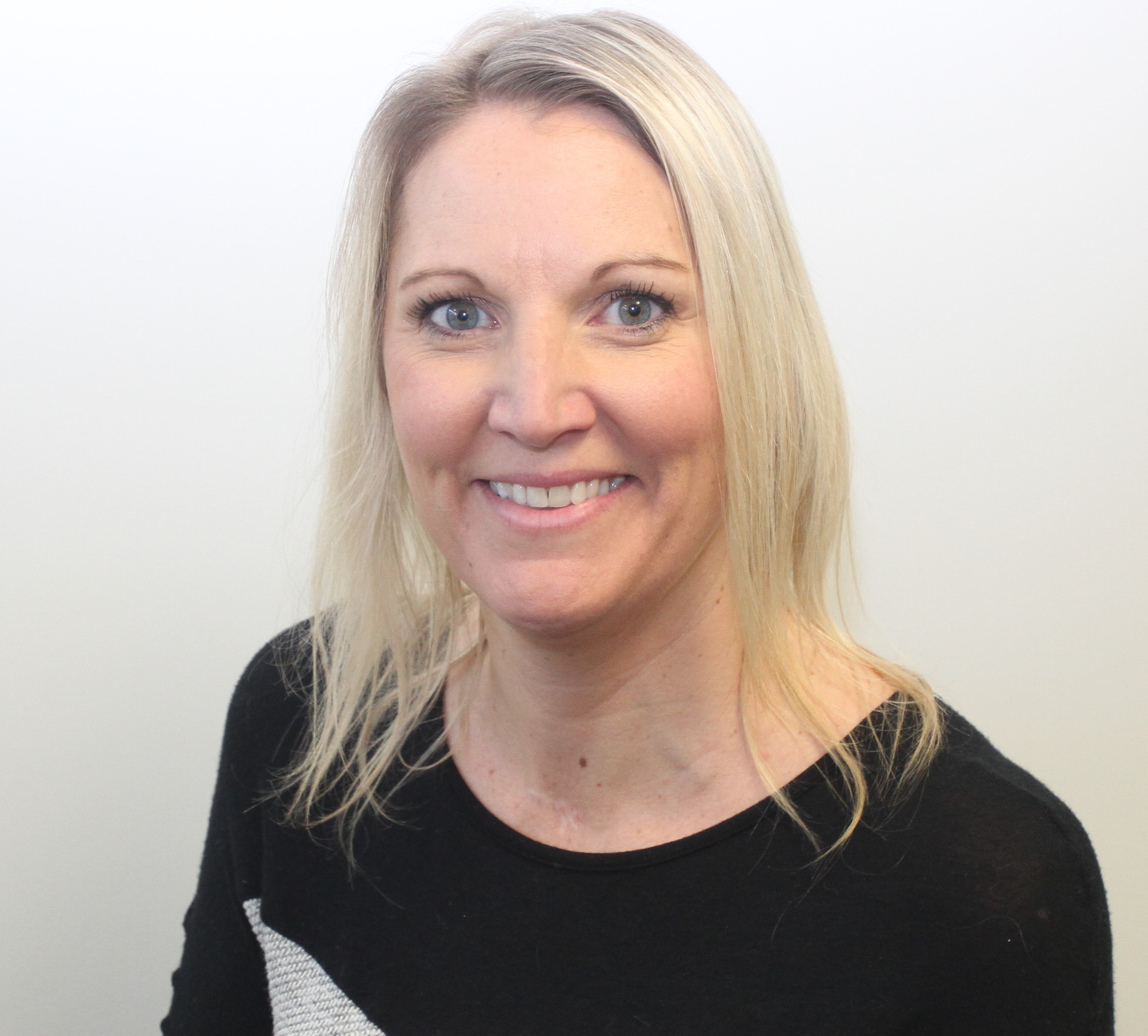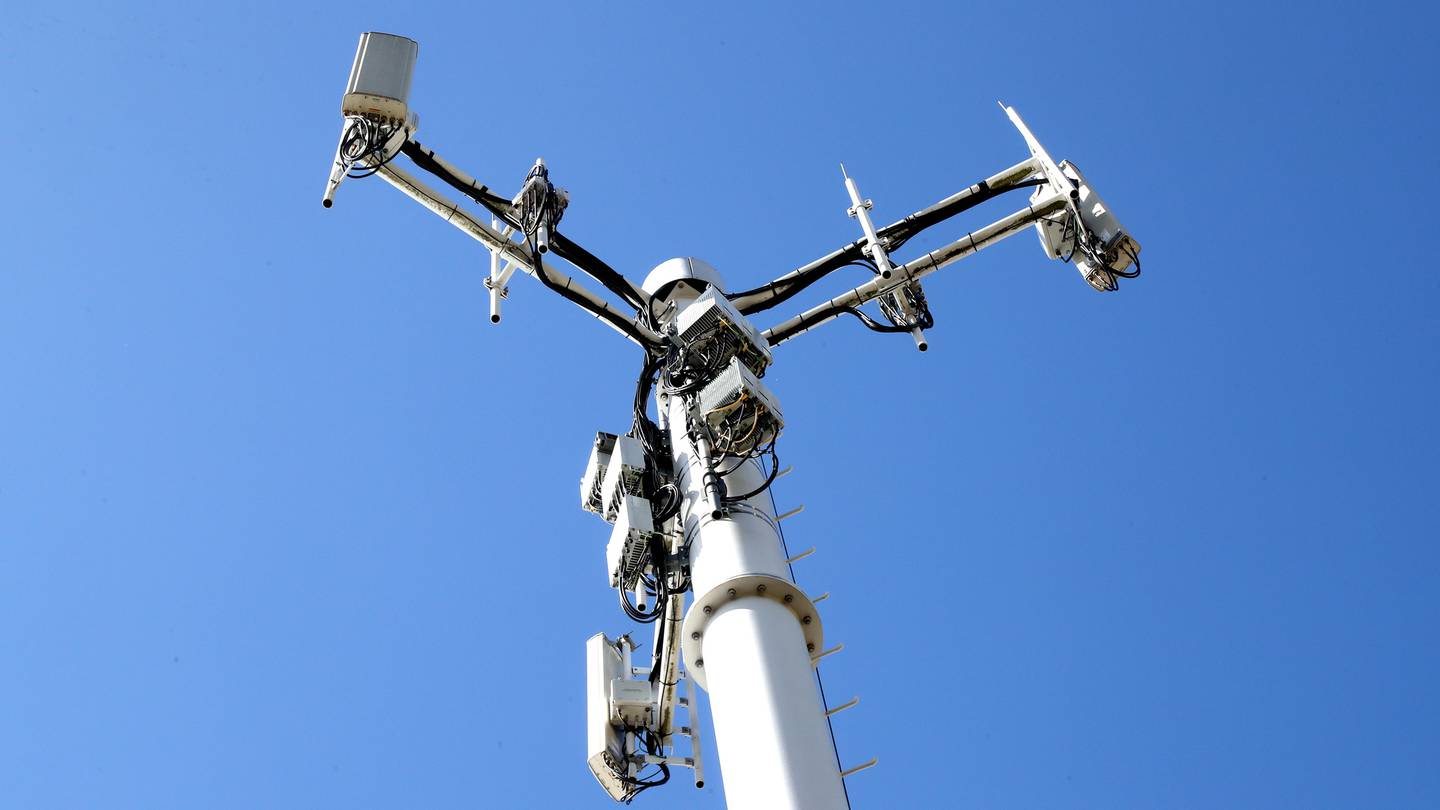Locals oppose 5G plans for Wakefield


A 5g tower similar to this could be installed in Wakefield, but locals are fighting it. Photo: NZ Herald.
Opposition is brewing to Vodafone’s plans to install a 5G tower in Wakefield.
Vodafone are planning to install the tower in the road reserve adjacent to council land at Pigeon Valley Rd between McGazzaland bike park and Wakefield Fire Station and opposite residents’ housing.
Julian Eggers, chair of the Wakefield Community Council, says locals are planning on coming together to oppose the plans based on poor location choice and safety concerns.
One resident who wishes to remain unnamed says, “Regardless of how safe they say cellphone towers are, I don’t think it’s the sort of thing we want right by where all our kids play and a lot of us live.”
Shannen Wagstaff, who lives opposite the proposed site, has functional neurological disorder (FND), and says that if the construction of the tower goes ahead, she may be forced to move home.
“Our property is 12 metres away from the proposed site and the constant buzzing noise omitted from the tower could trigger a non-epilectic seizure due to my hypersensitivity.
“I can only be in close proximity to these towers for minimal amounts of time before I get triggered.”
Having previously lived near a tower, Shannen is aware of what could happen if the noise triggers an episode, including difficulty speaking, full body seizures, tremors, and paralysis for hours on end.
“Should the construction of this tower go ahead, due to the harm this can cause my health, I would be forced to sell my property and upheave my family from a supportive community, school and family.”
She’s since set up a petition on Change.org which now has more than 400 signatures.
Head of external affairs for Fortysouth, which has recently bought all the Vodafone cell sites in New Zealand, Lisa Mulitalo, says the company acknowledges people would prefer for cell site infrastructure to be built in out-of-sight or remote locations.
She says the new 4 and 5G technology required to power cell sites means telecommunications providers need to have cell sites closer to the user.
“This is why building cell sites for urban users on hills or away from residential housing is no longer an option.”
Roading engineers at Tasman District Council reviewed the plans for the Pigeon Valley Rd site and gave the green light from roading perspective, and a controlled activity consent application has now been lodged.
The surrounding land is zoned rural which allows poles up to 25m under National Environmental Standards for Telecommunications Facilities and district plan in this location.
“Fortysouth explored several locations but were limited due to planning rules about height restrictions,” Lisa says.
“Two other suitable locations were considered – one on private land and a second option on a slip road in front of the bowling club.”
A subsequent site visit confirmed insufficient space for a cell site.
Lisa says the health and safety of communities is an absolute priority. All radio frequency fields, including those used by mobile phones, radio, Wi-Fi and televisions are non-ionizing waves.
“This means they don’t have the power to alter the structure of a human cell.
“5G, like all other mobile technologies such as 3G and 4G, operates well within the safety limits set out by international Electro Magnetic Fields exposure guidelines to deliver protection for everyone against health risks.”
Lisa says that once the tower was put up, Shannen could approach Fortysouth to monitor the noise levels.
